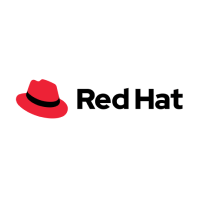Service Mesh act as a dedicated infrastructure layer that can handle service-to-service communication with reliability, security, and efficiency. Service Mesh solutions include a range of features such as load balancing, service discovery, encryption, failure recovery, and traffic management. Together, these features facilitate a seamless and secure network of microservices.
As Service Mesh solutions play a fundamental role in shaping the efficiency and security of microservice architectures, choosing the right solution is imperative. There are a wide range of tools on the market today, each offering their own set of features, benefits, and capabilities.
We have put together a list of the top Service Mesh solutions to help support you through the decision-making process. For each service, we have taken into consideration the technical capabilities, ease of use, integration potential, and customer feedback. This guide aims aid organizations in making an informed decision that aligns with organizational needs and goals.
















